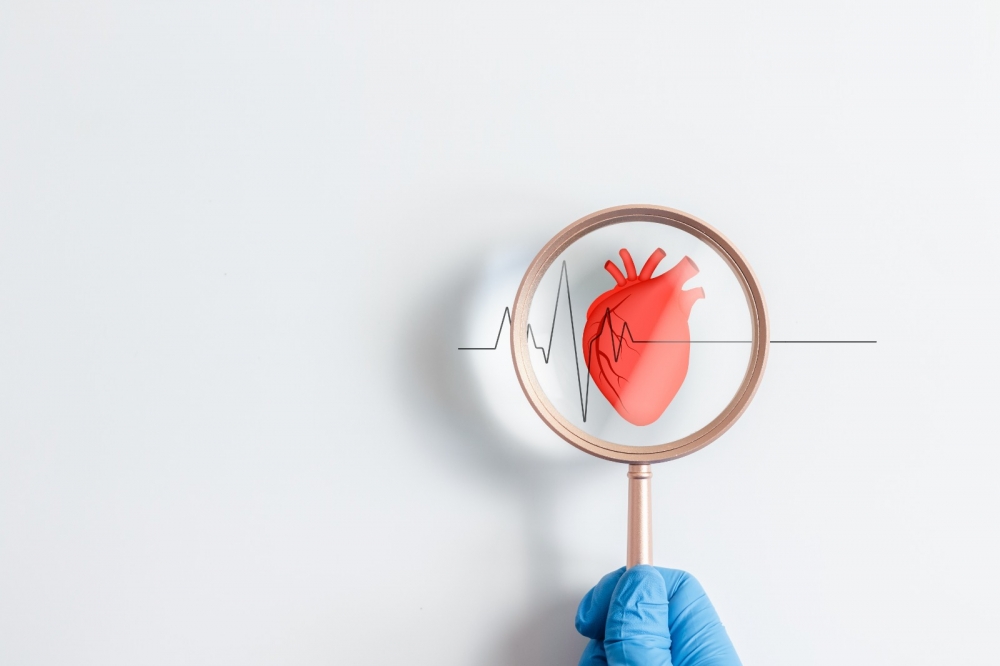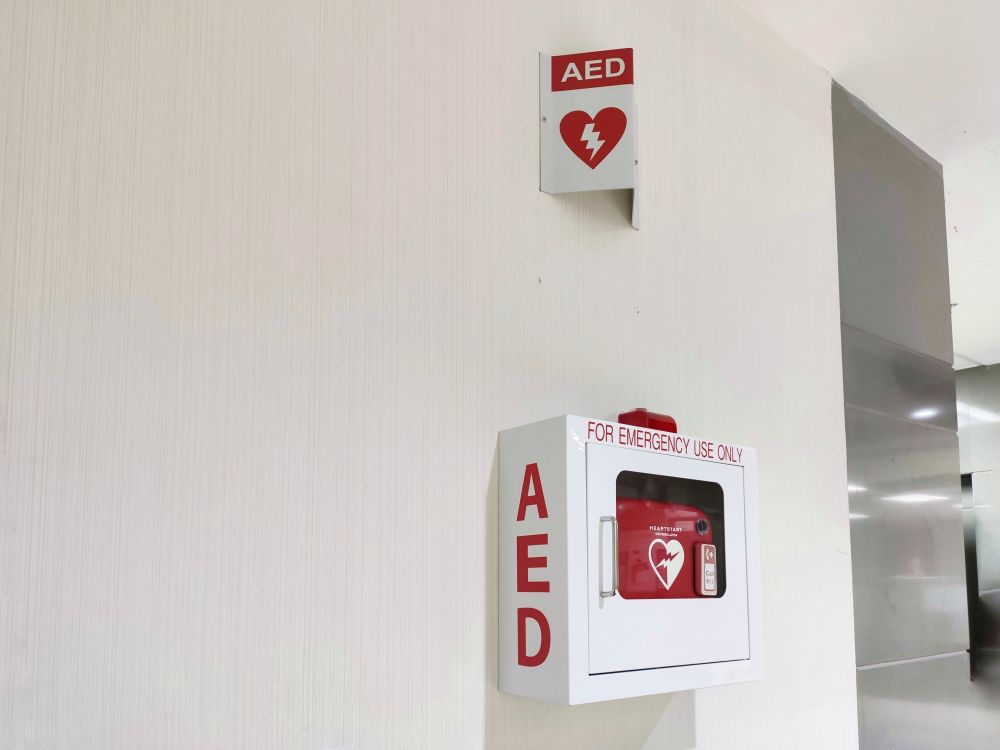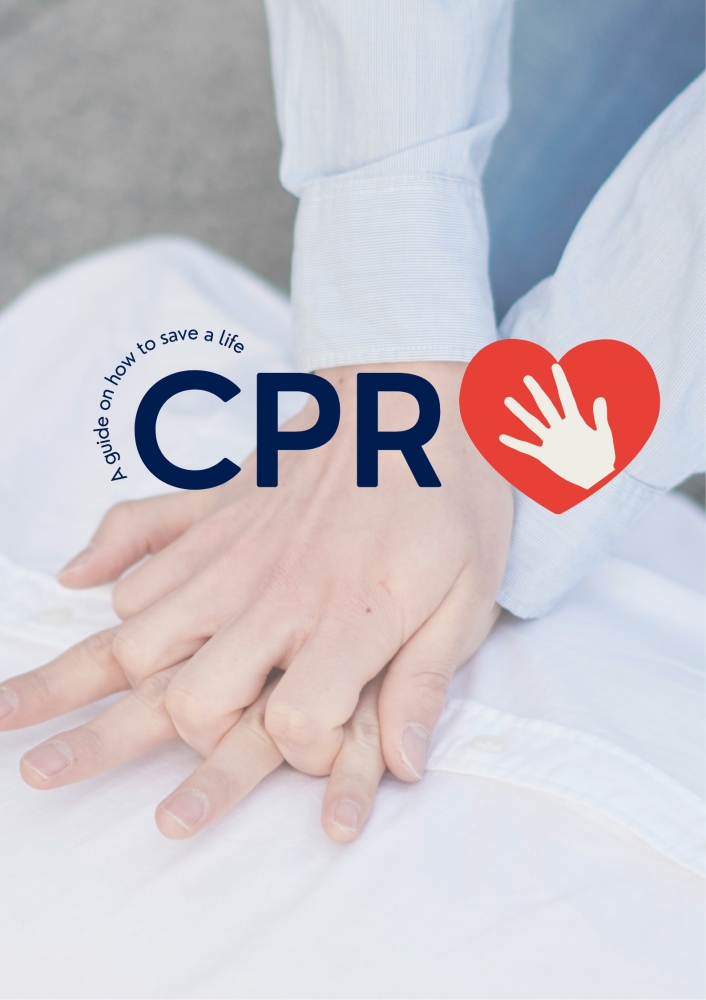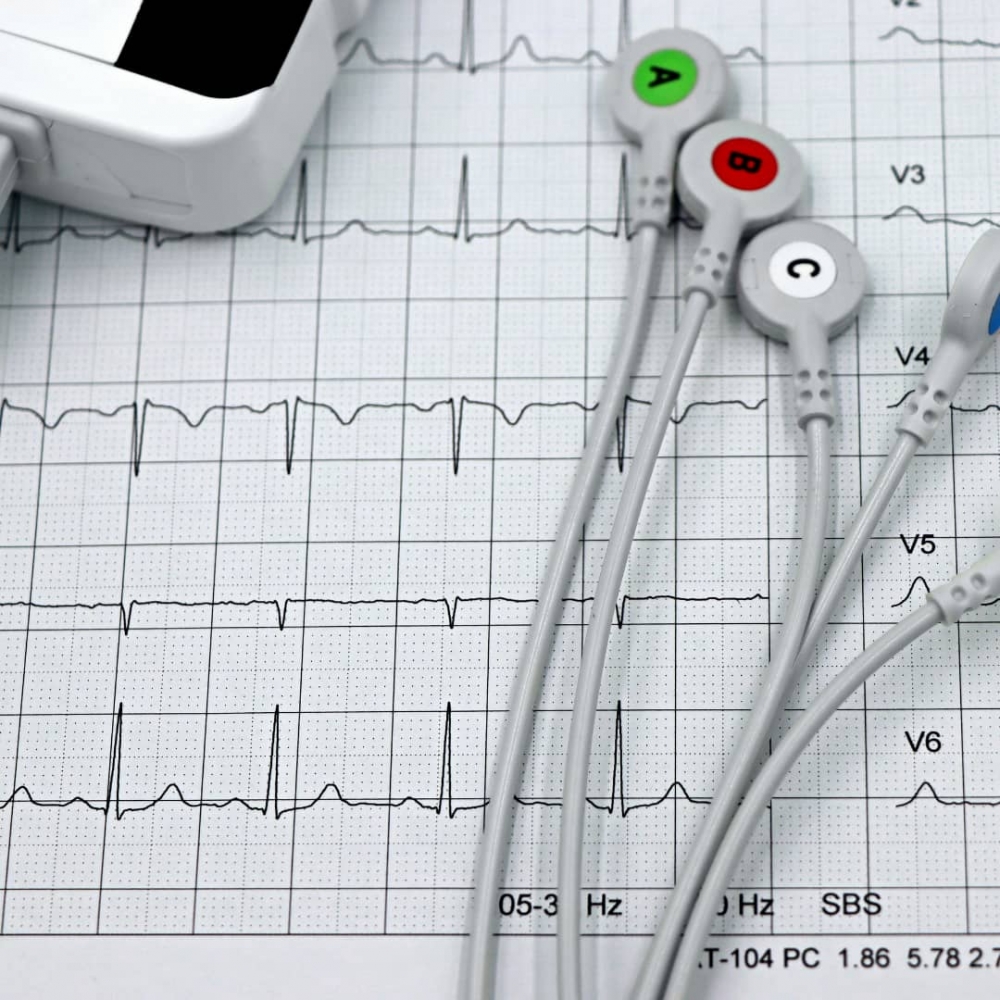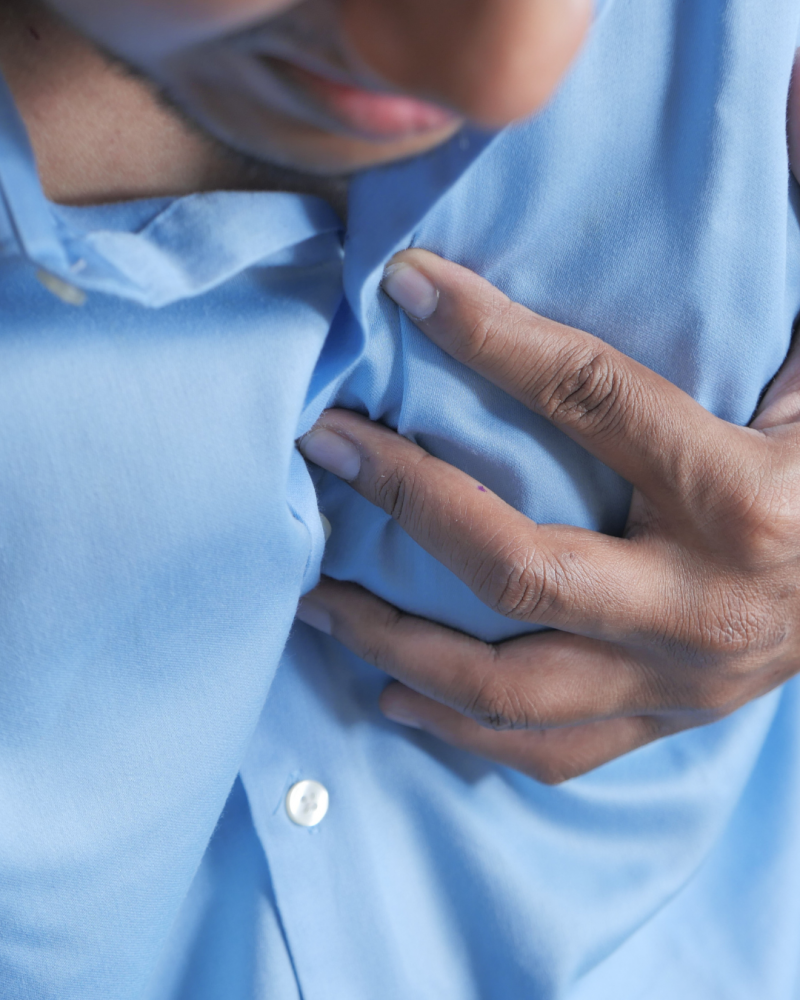What ails the heart and lung?
THE heart and lung are two vital organs. In conjunction with World Lung and World Heart Day on Sept 25 and 29 this year, Sunway Medical Centre Velocity (SMCV), aims to raise awareness of conditions related to these two important organs and how to keep an eye on both for healthy living.
A report by the Department of Statistics last year revealed that heart and lung diseases were the top two causes of death in Malaysia.
The symptoms for both may seem similar, which may lead to patients not being able to distinguish between heart and lung issues.
However, there is one clear symptom that is a sign of the weakening of both organs - shortness of breath.
Breathlessness can result from a range of problems, including allergic reactions, anxiety attacks or anaemia, but more often than not the underlying cause is a heart or lung condition.
SMCV's consultant cardiologist, Dr Tee Chee Hian, explains that an accurate diagnosis may require advanced testing to get to the root cause of the symptom.
"Like your heartbeat, the regular inhale and exhale of breathing is something you usually don't notice – until it doesn't feel quite right. As these two organ systems are so intertwined, one always affects the other."
In fact, about 60 per cent of people with heart disease also have lung disease.
Shortness of breath, also known as dyspnea can be caused by cardiovascular problems. This may appear suddenly, during a heart attack or a pulmonary embolism which occurs when a blood clot breaks free from a vein in the leg or pelvis and lodges in the lung.
However, it can also present itself over time, mostly occurring during physical activity which can be caused by a stiff, narrowed aortic valve (aortic stenosis), heart rhythm disorders, coronary artery diseases or even heart failure.
Aside from breathlessness, patients may experience swelling in the legs, chest pain, dizziness and lethargy.
In all these cases, Dr Tee urges patients to quickly seek help and be treated for their symptoms and underlying conditions immediately.
"If shortness of breath is linked to a heart condition, doctors can perform a heart ultrasound known as a cardiac echocardiogram to assess the patient's heart function, valve morphology, heart chambers and contractility of the heart muscles."
For heart rhythm disorders, a 24-hour ECG monitoring known as "holder" can achieve a clearer diagnosis.
Exercise stress tests and a CT scan of the coronary vessels may be performed for those with suspected coronary heart disease, with coronary angioplasty as a possible solution to relieve blockages in the coronary artery he explains.

LUNG CONDITIONS
In terms of breathlessness caused by lung conditions, SMCV's consultant respiratory and internal medicine physician, Dr Nurul Yaqeen says it may be a sign of acute or chronic diseases.
"Chest tightness or wheezing may be caused by asthma, but worsening problems could be a red flag for chronic obstructive pulmonary disease (COPD) which includes bronchitis and emphysema."
It could also be a symptom of pneumonia, a lung infection or pulmonary fibrosis (scarring of the lungs). Other causes could be a tuberculosis infection, lung cancer, bronchiectasis or a fungal lung infection.
Patients can identify their conditions by carrying out non-invasive tests such as a chest x-ray or lung scan. However, some of the scans may return normal for patients that continue to experience discomfort – some even take up to two years to achieve an accurate diagnosis.

DON'T IGNORE
No matter the cause, shortness of breath is a symptom that should be taken seriously.
Warning signs that warrant a trip to the emergency room include:
*Unexplained shortness of breath experienced for the first time.
*Shortness of breath at rest.
*Shortness of breath accompanied by chest pain or pressure, lightheadedness or sweating
*Worsening shortness of breath if you already have heart failure, asthma or emphysema.

Suggest to Read
